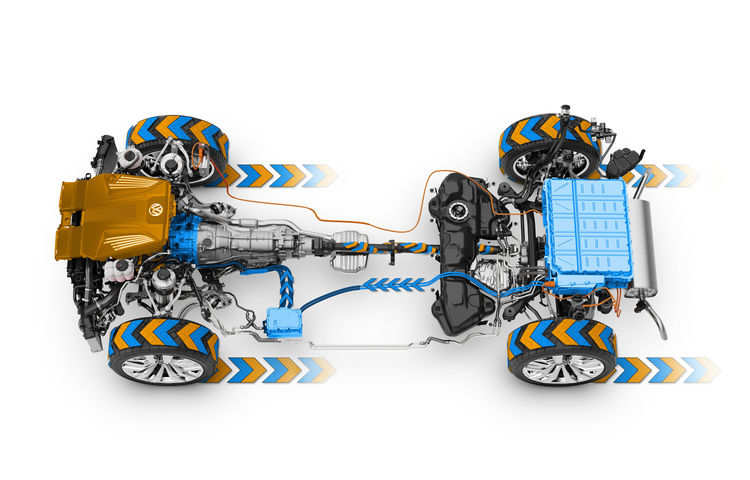Advanced automotive systems refer to the integration of advanced technologies in vehicles to enhance their performance, safety, efficiency, and comfort. These systems can include a range of features, such as:
Advanced Driver Assistance Systems (ADAS): These systems use sensors, cameras, and other technologies to assist drivers with tasks such as parking, lane keeping, and collision avoidance.
Connected Vehicle Technologies: These technologies allow vehicles to communicate with other vehicles, infrastructure, and mobile devices, enabling features such as real-time traffic updates and remote vehicle monitoring.
Electric and Hybrid Powertrains: These powertrains use electric motors and batteries to supplement or replace traditional combustion engines, resulting in lower emissions and increased efficiency.
Autonomous Driving: These systems use advanced sensors, machine learning, and other technologies to enable vehicles to operate without human intervention.
Advanced Materials and Manufacturing: These include lightweight materials such as carbon fiber and advanced manufacturing processes such as 3D printing, which can result in vehicles that are more fuel-efficient, safer, and easier to produce.
Overall, advanced automotive systems represent the integration of advanced technologies that aim to improve the driving experience, while also reducing emissions and increasing safety and efficiency. Now I'd be happy to explain each point in more detail:
- Advanced Driver Assistance Systems (ADAS): ADAS uses a combination of sensors, cameras, and algorithms to help drivers avoid accidents and navigate the road more safely. Examples of ADAS features include:
- Lane departure warning: A system that alerts the driver when they are veering out of their lane.
- Adaptive cruise control: A system that automatically adjusts the vehicle's speed to maintain a safe distance from the vehicle ahead.
- Blind spot monitoring: A system that alerts the driver when a vehicle is in their blind spot.
- Forward collision warning: A system that warns the driver if they are approaching another vehicle too quickly.
- Connected Vehicle Technologies: Connected vehicle technologies allow vehicles to communicate with each other, infrastructure, and mobile devices. Some examples of connected vehicle technologies include:
- Vehicle-to-vehicle (V2V) communication: Allows vehicles to share information with each other, such as speed and direction, to improve safety and reduce congestion.
- Vehicle-to-infrastructure (V2I) communication: Allows vehicles to communicate with traffic lights, signs, and other infrastructure to optimize traffic flow and reduce congestion.
- Remote vehicle monitoring: Allows vehicle owners to monitor their vehicle's location, fuel level, and maintenance needs remotely using a mobile app or web portal.
- Electric and Hybrid Powertrains: Electric and hybrid powertrains use a combination of electric motors and batteries to supplement or replace traditional combustion engines. Some examples of electric and hybrid powertrains include:
- Hybrid electric vehicles (HEVs): Use a combination of an internal combustion engine and an electric motor to improve fuel efficiency.
- Plug-in hybrid electric vehicles (PHEVs): Similar to HEVs, but with a larger battery that can be charged using an external power source.
- Battery electric vehicles (BEVs): Use only electric motors and batteries to power the vehicle.
- Autonomous Driving: Autonomous driving refers to vehicles that can operate without human intervention. Some examples of autonomous driving technologies include:
- Lidar: A laser-based sensing technology that creates a detailed 3D map of the vehicle's surroundings.
- Radar: A radio-based sensing technology that can detect objects at longer distances than cameras or lidar.
- Machine learning: An artificial intelligence technique that enables vehicles to learn from their experiences and improve their driving behavior over time.
- Advanced Materials and Manufacturing: Advanced materials and manufacturing techniques can be used to make vehicles that are lighter, safer, and more efficient. Some examples of advanced materials and manufacturing techniques include:
- Carbon fiber: A lightweight and strong material that can be used to make vehicle components such as body panels and suspension components.
- 3D printing: A manufacturing technique that can be used to produce complex parts more efficiently than traditional manufacturing methods.
- Advanced welding techniques: Techniques such as friction stir welding and laser welding can be used to create stronger and more reliable vehicle components. If you wanna to know more about feel free to contact us at Facebook Page.












Leave a Comment